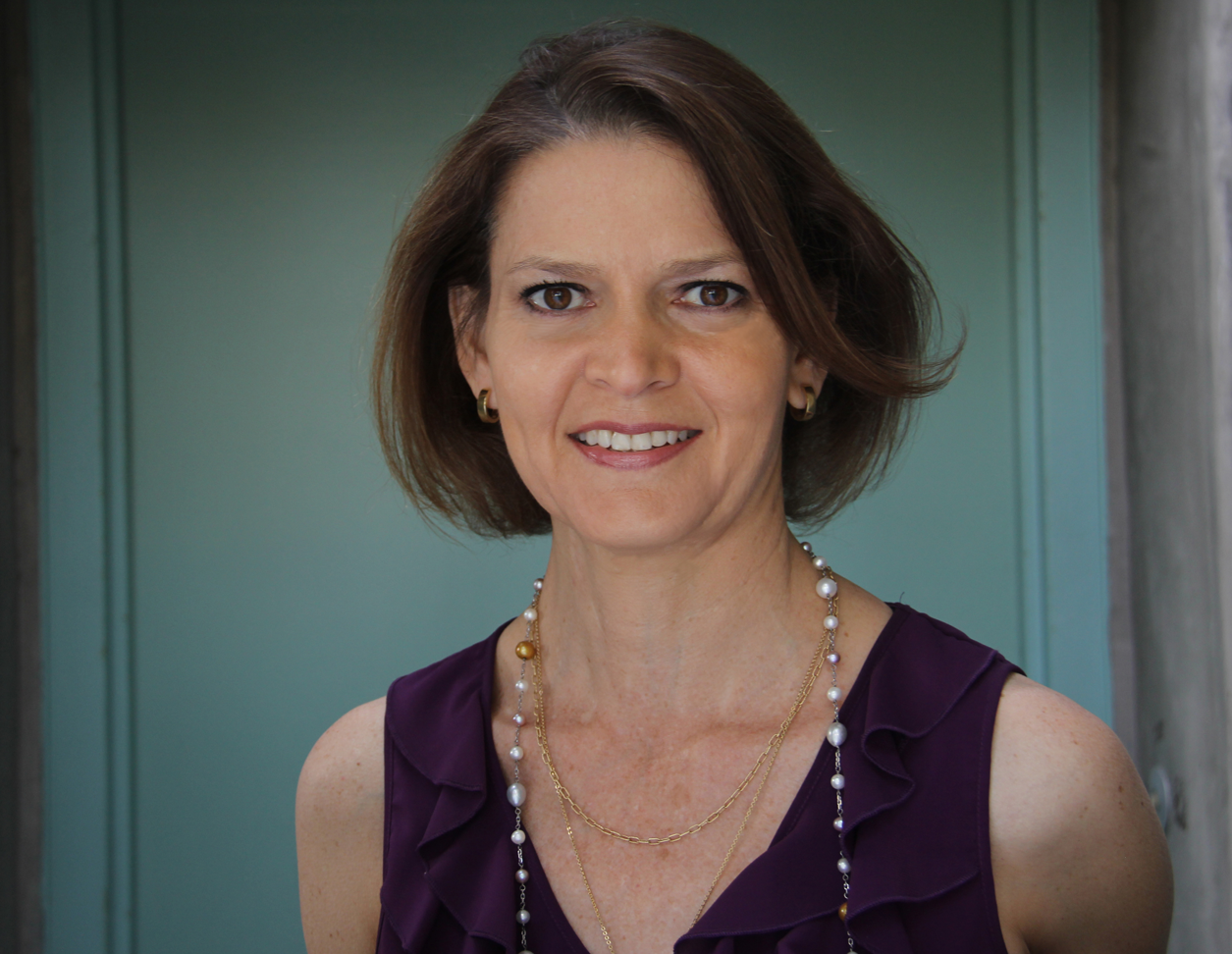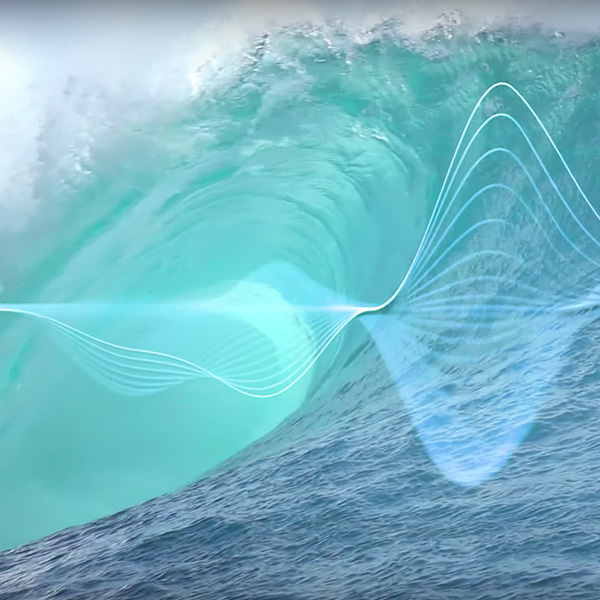Summary
- The body’s electromagnetic fields known as biofields may play a role in in-person healing.
- The most well-known biofields in human beings are generated by the heart and the nervous system.
- Manipulation of biofields in humans can be measured through Heart Rate (HR) and Heart Rate Variability (HRV).
- HRV is an important tool for investigating the interplay of the parasympathetic and sympathetic branches of the autonomic nervous system.
- HRV is used as a biomarker for conditions with autonomic dysfunction such as neurological disorders, diabetes mellitus, chronic renal disease, heart disease, and cancer as well as in individuals experiencing chronic stress due to physical or psychological conditions, and in chronic pain conditions.

What are Biofields?
Harmonyum includes multiple forms of treatment that can be given in person or from a distance. In-person treatments may be performed with or without physical contact (light-touch to no-touch). Distance sessions occur when the practitioner and recipient are not located in the same physical space during the treatment session.
In-person and distant healing may operate via different mechanisms. In-person healing may involve electromagnetic fields that diminish over distance by an inverse square law. These same electromagnetic fields are unlikely to be involved in healing across large distances.1
Electromagnetic fields generated by living systems are proposed to be part of “Biofield physiology . . . an overarching descriptor for the electromagnetic, biophotonic, and other types of spatially-distributed fields that living systems generate and respond to as integral aspects of cellular, tissue, and whole organism self-regulation and organization.”2
Biofields in Humans
Every region of the body generates biofields from electromagnetic and other sources of energy that can encode information and influence the action or state of cells and tissues capable of responding to these biofields.2
The most well-known biofields in living systems are the endogenous electrical and magnetic fields generated by the heart and nervous system and characterized via electrocardiography (ECG), magnetocardiography (MCG), electroencephalography (EEG), and magnetoencephalography (MEG). 2 The electrical fields of the heart are also reflected in heart rate (HR) and rhythm.3
The therapeutic effects of several forms of complementary medicine are proposed to occur via influencing the function of an individual’s biofields. This has most often been studied through HR and Heart rate variability (HRV).4-7
Heart Rate Variability (HRV) function as Biomarker
HRV is the variation in time between consecutive heart beats. HRV is an important tool for investigating the interplay of the parasympathetic and sympathetic branches of the autonomic nervous system. Increased high frequency HRV is thought to reflect increased parasympathetic activity, and increased low frequency HRV is thought to reflect increased sympathetic activity.8
HRV is related to physical and psychological health. Decreased HRV is consistently seen in conditions with autonomic dysfunction such as neurological disorders, diabetes mellitus, chronic renal disease, heart disease, and cancer.9,10 It is also seen in individuals experiencing chronic stress due to physical or psychological conditions,11 and in chronic pain conditions.12
The physiological mechanism(s) by which a practitioner might influence another’s physiological state through biofield therapy in any form is unknown. It is postulated that biofield therapies facilitate their effects through practitioner repatterning of the recipient’s energy field, the transmission of universal life energy, and the collaboration of practitioner and recipient in the healing process.13
References
- Rubik B, Muehsam D, Hammerschlag R, Jain S. Biofield Science and Healing: History, Terminology, and Concepts. Glob Adv Heal Med. 2015;4(1_suppl):8-14. doi:10.7453/gahmj.2015.038.suppl
- Hammerschlag R, Levin M, McCraty R, et al. Biofield physiology: A Framework for an emerging discipline. Glob Adv Heal Med. 2015;4(1_suppl):35-41. doi:10.7453/gahmj.2015.015.suppl
- Burleson KO, Schwartz GE. Cardiac torsion and electromagnetic fields: The cardiac bioinformation hypothesis. Med Hypotheses. 2005;64(6):1109-1116. doi:10.1016/j.mehy.2004.12.023
- Whitley JA, Rich BL. A double-blind randomized controlled pilot trial examining the safety and efficacy of therapeutic touch in premature infants. Adv Neonatal Care. 2008;8(6):315-333. doi:10.1097/01.ANC.0000342764.71864.28
- Chin F, Chou R, Waqas M, et al. Efficacy of prayer in inducing immediate physiological changes: A systematic analysis of objective experiments. J Complement Integr Med. 2021;5033:1-6. doi:10.1515/jcim-2020-0075
- Gok Metin Z, Ejem D, Dionne-Odom JN, et al. Mind-Body Interventions for Individuals With Heart Failure: A Systematic Review of Randomized Trials. J Card Fail. 2018;24(3):186-201. doi:10.1016/j.cardfail.2017.09.008
- Friedman RSC, Burg MM, Miles P, Lee F, Lampert R. Effects of Reiki on autonomic activity early after acute coronary syndrome. J Am Coll Cardiol. 2010;56(12):995-996. doi:10.1016/j.jacc.2010.03.082
- Rajendra Acharya U, Paul Joseph K, Kannathal N, Lim CM, Suri JS. Heart rate variability: a review. Med Biol Eng Comput. 2006 Dec;44(12):1031-51. doi: 10.1007/s11517-006-0119-0. Epub 2006 Nov 17. PMID: 17111118.
- Guo Y, Palmer JL, Strasser F, Yusuf SW, Bruera E. Heart rate variability as a measure of autonomic dysfunction in men with advanced cancer. Eur J Cancer Care (Engl). 2013;22(5):612-616.
- Sun CK, Liu CC, Liu WM, Wu HT, Huang RM, Liu AB. Compatibility of pulse-pulse intervals with R-R intervals in assessing cardiac autonomic function and its relation to risks of atherosclerosis. Tzu Chi Med J. 2020;32(1):41-46.
- Kim HG, Cheon EJ, Bai DS, Lee YH, Koo BH. Stress and heart rate variability: A meta-analysis and review of the literature. Psychiatry Investig. 2018;15(3):235-245.
- Tracy LM, Ioannou L, Baker KS, Gibson SJ, Georgiou-Karistianis N, Giummarra MJ. Meta-analytic evidence for decreased heart rate variability in chronic pain implicating parasympathetic nervous system dysregulation. Pain. 2016 Jan;157(1):7-29. doi: 10.1097/j.pain.0000000000000360. PMID: 26431423.
- Warber SL, Cornelio D, Straughn J, Kile G. Biofield energy healing from the inside. J Altern Complement Med. 2004;10(6):1107-1113. doi:10.1089/acm.2004.10.1107

 Show practitioners that offer online sessions only
Show practitioners that offer online sessions only


